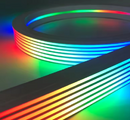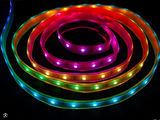The colorful world of LED light strips - illuminating a space that is both creative and practical
In modern home and commercial lighting design, LED light strips have become an indispensable element with their unique flexibility, energy-saving characteristics and diverse applications. They are like elves of light, drawing the outline of space with delicate light, adding to the atmosphere, and even becoming a medium for artistic creation. Next, we will explore the uses of LED light strips and appreciate their brilliance in every corner of life.
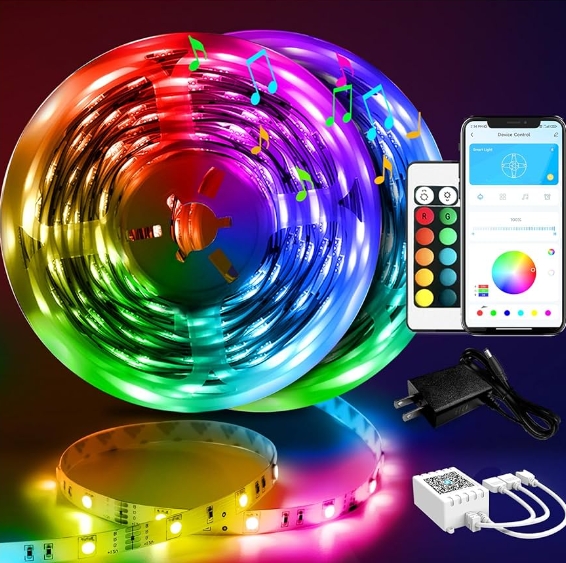
Interior decoration: LED light strips can be used for a variety of indoor decorations, such as ceiling edges, furniture outlines, skirting lines, window sills, etc., to create a warm and comfortable home atmosphere. In interior decoration, the application of LED lights can greatly affect the space. To improve the atmosphere and aesthetics, here are some practical LED interior decoration tips:
Selection of light type: Light is mainly divided into ambient light, contour light and focus light. Ambient light provides basic lighting, contour light emphasizes spatial hierarchy, and focus light is used to highlight specific elements.
Lighting applications in different spaces: Warm LED light strips with lower color temperature can be used at the entrance to create a warm and comfortable entrance atmosphere. As an area with frequent activities, the living room should use light strips with adjustable brightness to adapt to different activity needs.
Choice of LED light strips: LED light strips are divided into two types: flexible and rigid. Flexible LED strips are suitable for places that need to be curved, such as the edges of furniture or ceiling recesses, while rigid LED strips are suitable for straight sections, such as under cabinets
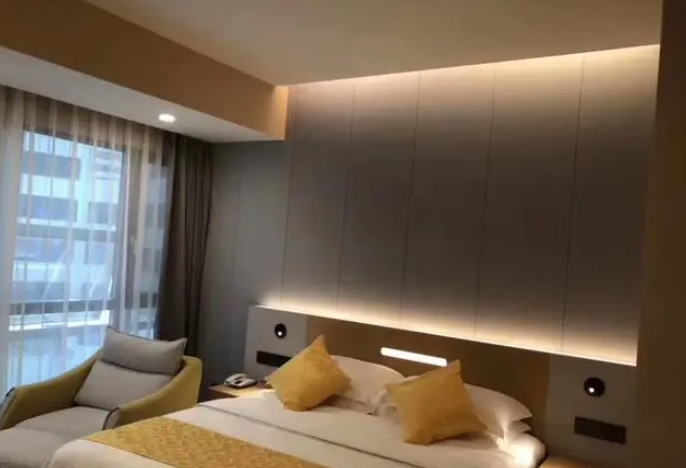
Architectural appearance: Used for the exterior outline and facade decoration of buildings, as well as to highlight architectural features and beauty. The application of LED light strips in building exterior design not only enhances the visual appeal of the building, but also enhances the relationship between the building and its surroundings. Environmental harmony. Here are some specific applications:
Improve the aesthetics of the building: Carefully designed LED light strips can add dazzling brilliance to the building at night, making it a highlight of the city. For example, the night view lighting of the East Tower uses low-energy LED lamps to create a starry effect, making the main tower appear bright, three-dimensional and transparent.
Emphasis on architectural features: Lighting design needs to emphasize the individual characteristics of the building itself. LED light strips can be arranged according to the lines and structure of the building to highlight the outline and characteristic parts of the building and enhance the recognition of the building.
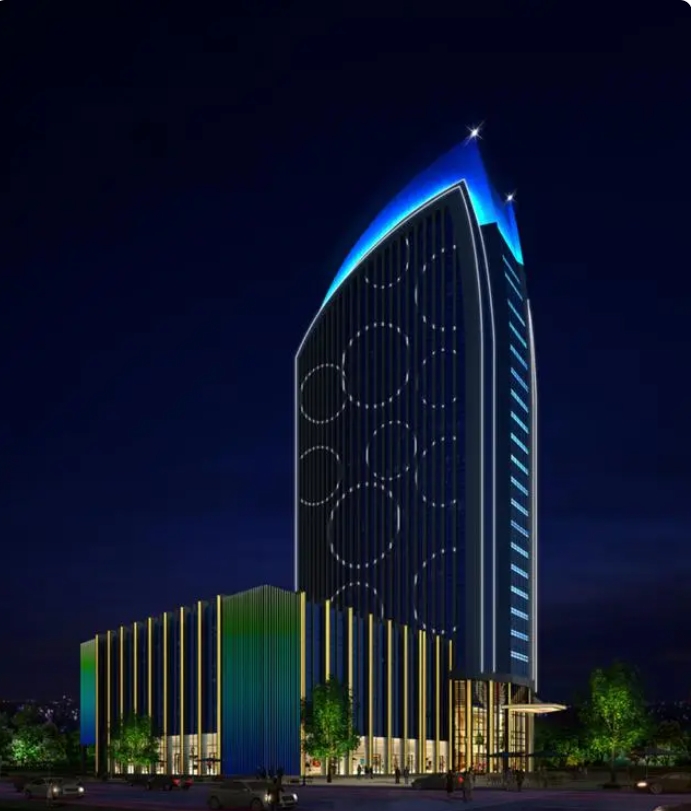
Commercial space: In commercial spaces such as shopping malls, hotels, and exhibition halls, LED light strips are often used to create a high-end shopping or display environment, such as ceiling trough outlines and showcase lighting.
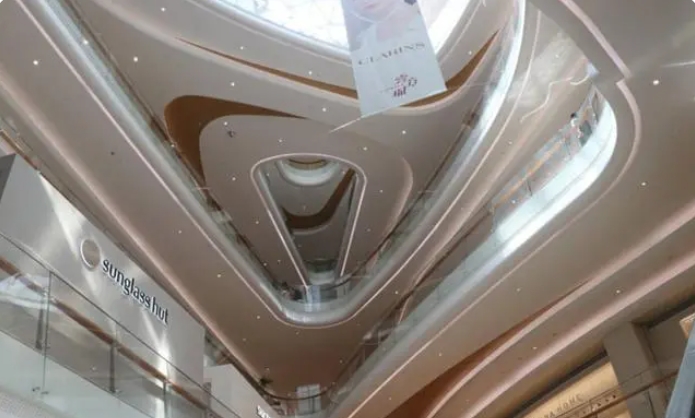
Festival decoration: During various festivals, such as Christmas, Halloween, Valentine's Day, etc., LED light strips can add a festive atmosphere and are commonly used in street decorations, party venue layouts and other occasions.
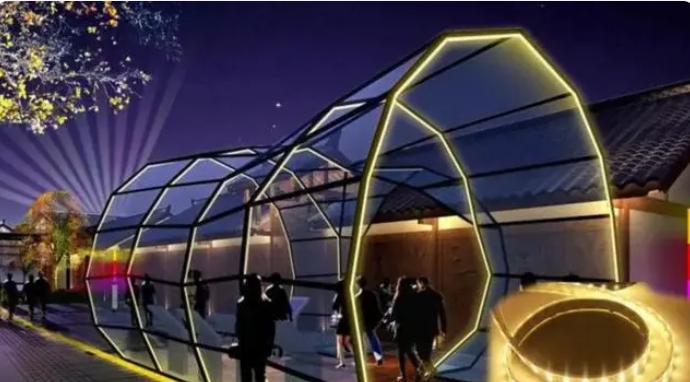
Outdoor landscape: In outdoor landscape designs such as parks, gardens, and courtyards, LED light strips can be used for path indication, tree decoration, waterscape lighting, etc.
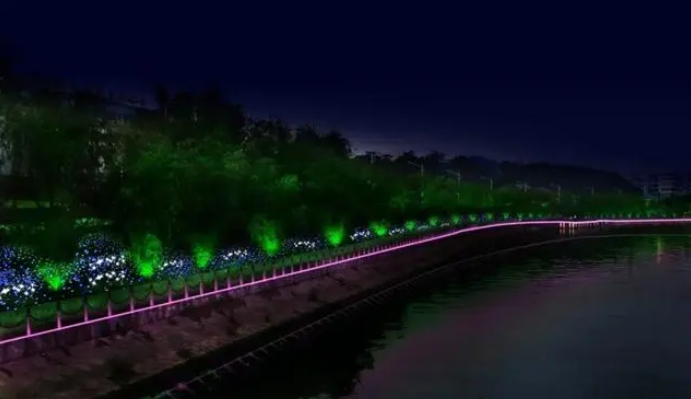
Automotive industry: LED light strips are increasingly used in car interiors and body decorations to increase the aesthetics and personalized elements of the vehicle.

Advertising signs: LED light strips are widely used in sign lighting such as billboards and store signs to improve visual appeal.
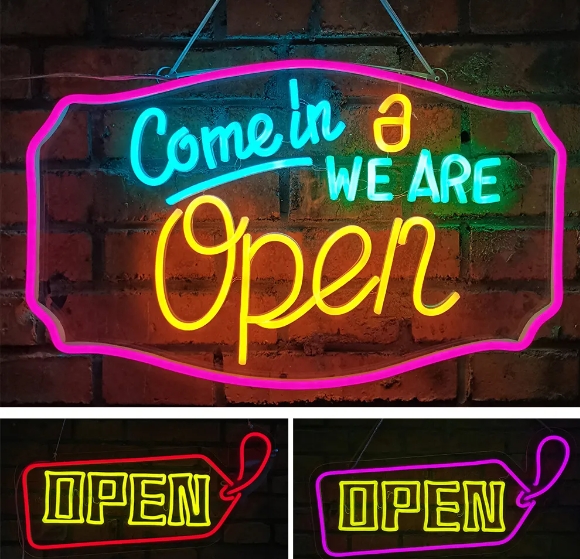
Swimming pool lighting: Underwater lighting in swimming pools, spas, etc., using LED light strips can create unique and charming effects.
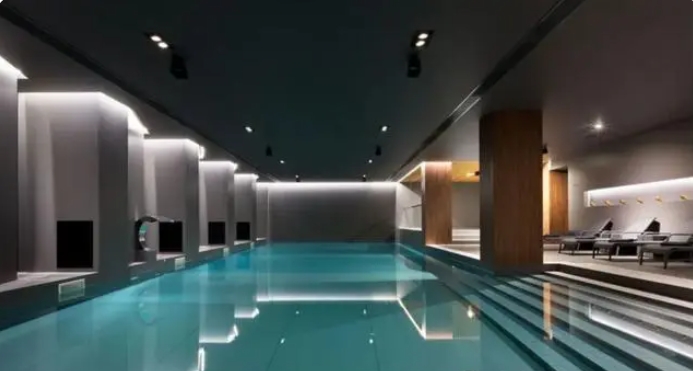
In the application of LED light strips on urban roads and bridges, they not only provide necessary lighting, but also enhance visual effects and safety. Specifically, the application of LED light strips in these fields is mainly reflected in the following aspects:
Auxiliary lighting: LED light strips can be used as a supplement to the main lighting and installed on road edges, sidewalks, guardrails of bridges, etc. to provide more uniform and soft light, reduce shadow areas, and improve the safety of pedestrians and vehicles at night.
Visual guidance: On pedestrian bridges, overpasses and other places, LED light strips can be used to mark passages and directions, providing clear guidance for pedestrians, especially at complex traffic nodes, helping to reduce confusion and the risk of accidents.
Beautify the environment: LED light strips can be used to enhance the beauty of the city's night scene and enhance the city's modern image through changes in color and brightness.




